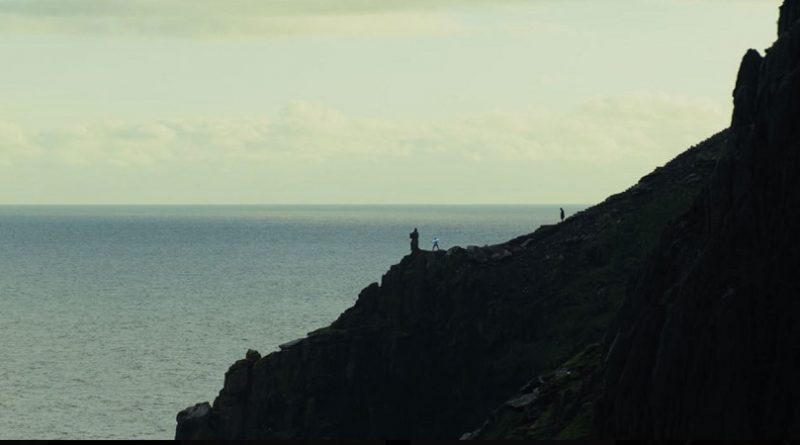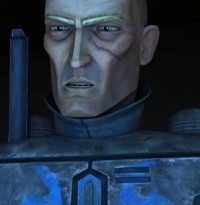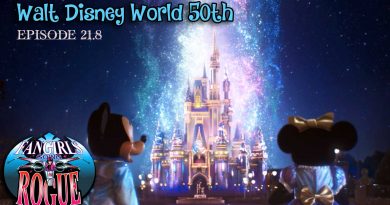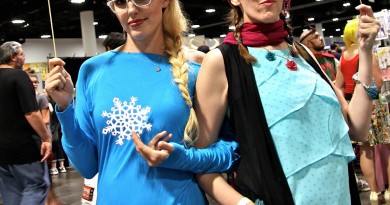A Rumination on the Power of Place
There are characters in Star Wars and then there are characters. I don’t mean the beings we see on screen – those individuals who talk, provide dialogue, and generally move the plot forward. I also don’t mean the walking droids or the mystical all-knowing Force.
These characters are inanimate, yet living. Expansive, yet telling. They fill the screen, create atmosphere (even when they don’t have one), and sometimes they help us to identify and understand the reasons behind a particular being’s actions and decisions.
I’m talking about the places of Star Wars, the setting of our grand adventure.
In the original trilogy we had planets like Hoth or Tatooine. We had cities with seedy underbellies or cantinas with scruffy looking nerfherders.
In the prequels we had Naboo, Mustafar, and the tempestuous Kamino.
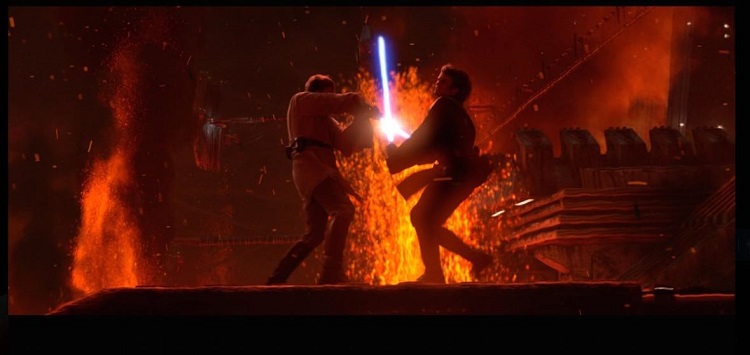
Now we have Jakku and Ahch-To. All adding to the flavor of the galaxy we all adore. Each of these places gave Star Wars texture – and a level of detail beyond the films that I appreciated.
I’ve mentioned before that much of my love for the GFFA comes from my work as a historian. I’ve written about the stories we don’t see. The hidden narratives that are cast aside by the plot at hand, but are picked up and expanded upon through books, comics, and video games.
Here is another space where my professional and love of Star Wars intersect — the power of place.
In a recent book about Why Old Places Matter, my colleague Tom Mayes details the many reasons why humans are connected to places. In one particular essay (which you can read here) he describes how place contributes to individual identity. He quotes David Seamon, who is summarizing geographer Edward Relph: place is “Not a bit of space, nor another word for landscape or environment, it is not a figment of individual experience, nor a social construct… It is, instead, the foundation of being both human and nonhuman; experience, actions, and life itself begin and end with place.”
You can see some of this come to play in the Star Wars universe as characters identify and provide clues to their sense of self through place-connection.
We hear it from Luke, who says of Tatooine, “If there’s a bright center to the universe, you’re on the planet that it’s farthest from.”
And of Leia’s when she learns that the Death Star’s target is her home planet, “No! Alderaan is peaceful. We have no weapons…”

In the prequel trilogy this is perhaps most evident in Padmé’s and the Gungan’s actions to protect and support Naboo, or even Anakin’s hatred of sand in all its forms.
But in Star Wars, the power of place also is beyond the role they play in our character’s identity. It is also a way to provide context of the story we are watching.
In terms of worldbuilding, I’ve always appreciated the role visuals and place played in George Lucas’ narrative development. His attention to detail helped to make us feel like these planets were believable and real. From the hidden base on Hoth, which played a role in Luke’s vision of Obi-Wan, to the hustle and bustle of Coruscant where the sleek opera house and the expansive Jedi Temple contribute to our understanding of power and politics.
All of this can be traced back to Ralph McQuarrie’s concept drawings, which were painstakingly reconstructed into film by Lucas – illustrating just how important place was to this galaxy he built.
As we approach the conclusion of the sequel trilogy, or rather the Skywalker Saga, I often find myself thinking of Rey, whose sense of identity is rooted in Jakku and the hope that her family may one day return, or the Resistance that struggles to find safe harbor. For the Resistance, place is the endless void of space, which leaves them unmoored, struggling to find purchase against an enemy that is eager to wipe them out.
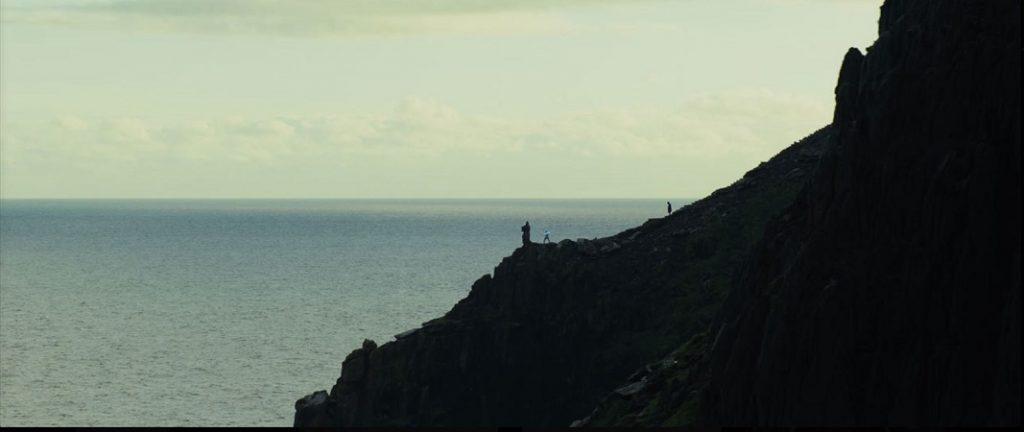
I see the role of place in one of Mayes’ final words in his essay on identity. He writes, “People survive the loss of places that support their identity. And many times these places survive in memory. But the continued presence of old places helps us know who we are, and who we may become in the future.”
Or maybe just take it from Stephen Colbert, who during his introduction to the Episode IX panel at Star Wars Celebration said:
“We know Star Wars isn’t just a movie, a cartoon, a Christmas special, or breakfast cereal, a soap dispenser, a Pez dispenser. It’s not even just an ice mold that makes a one giant cube in the shape of a Death Star that makes your cocktail really fun.
It’s all those things, but it’s not just that.
It’s also a place, a universe, it’s where we go to get lost, to get inspired, to feel understood, to feel like anything is possible. Forty years in [it is] more expansive and diverse than ever. Any of us can imagine being that young kid on Tatooine about to take our first step into a larger world.
I was once that kid, and on my best days I still am.”
It’s that setting for Star Wars that makes connections possible. We can’t see what we need here on Earth, but out there? In a galaxy far, far, away? We get a sense that nothing is insurmountable. That all things can be possible — even when the odds are against you.
- Imagining a New World at FUTURES - January 10, 2022
- Escape to WandaVision - February 24, 2021
- Regency Daze and the Magic of an RPG - January 5, 2020

